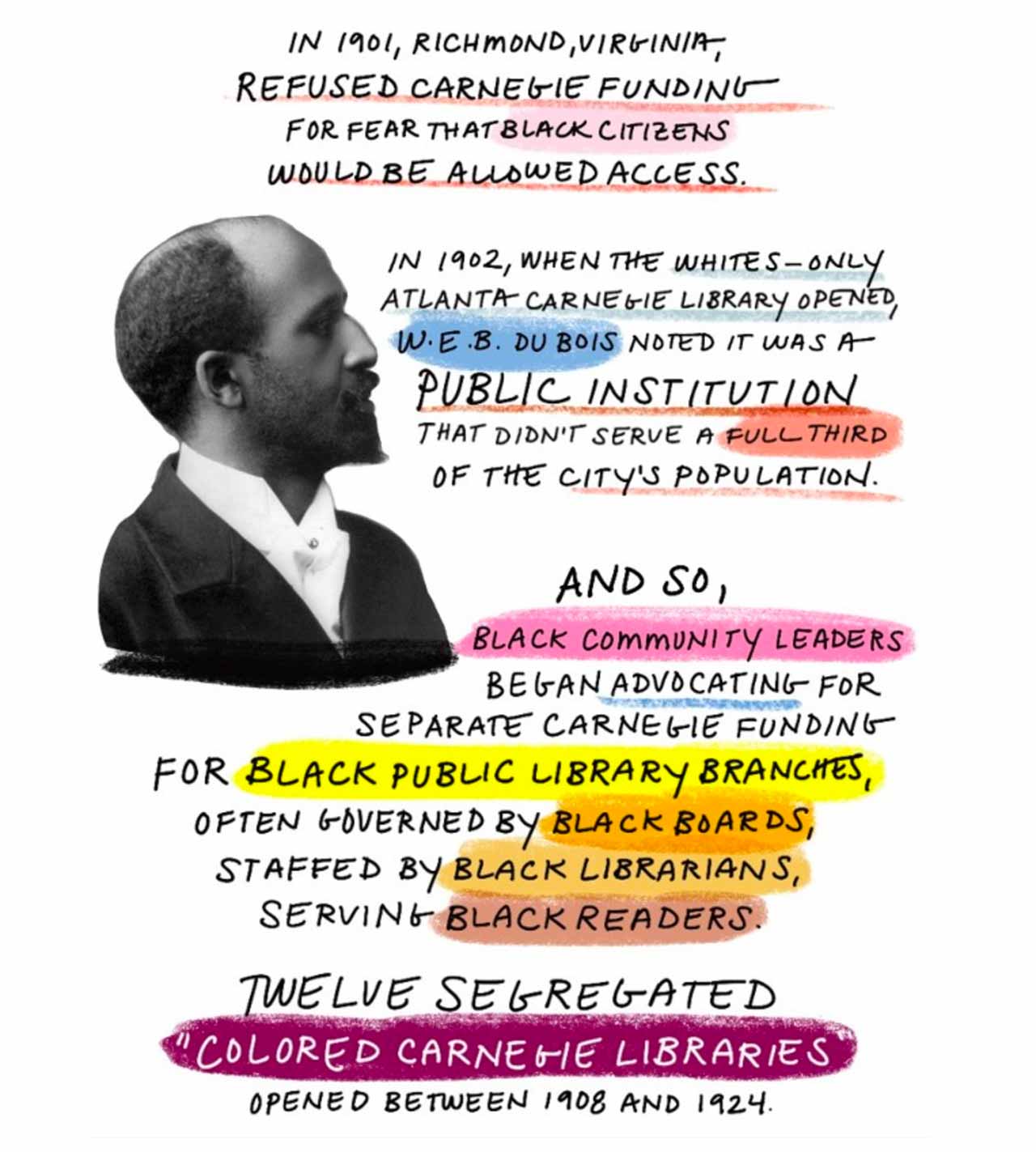Seth Godin had an interesting post recently challenging the notion of passion preceding the decision to commit.
“Offer me something I’m passionate about and I’ll show up with all of my energy, effort and care.”
That’s a great way to hide.
Because nothing is good enough to earn your passion before you do it. Perhaps, in concept, it’s worthy, but as soon as you closely examine the details and the pitfalls, it’s easy to decide it’s better to wait for a better offer.
We see this sort of thing manifest in any attempt people make to invest themselves in something new whether it is volunteering or new job tasks; getting audiences engage with new experiences; or people wanting a thunderbolt, love at first sight moment before dating.
Godin suggests turning it around to a place where people seek an opportunity to contribute and then passion grows from doing the work.
Work before passion measures our craft in terms of contribution, not in an idealized model of perfection.
Passion comes from feeling needed, from approaching mastery, from doing work that matters.
While this is almost an appeal to the individual not to discount an opportunity as something you aren’t passionate about, the “don’t knock it until you tried it,” argument doesn’t have a high conversion rate.
In addition to how doing work that matters strongly motivates people to work for non-profits, what immediately popped into my mind was that this might be an argument for the value of providing an participatory experience to audiences.
Just as people think that creativity is a matter of momentary inspiration gifted by an outside source or inherent genius rather than developed over a long process, it is a pretty good bet that people believe their passion is an inherent quality of themselves rather than the end result of effort and attention invested over a long period of time.
That whole bit about doing something you are passionate about and you will never have to work a day in your life evokes a sense of effortlessness. That can certainly be true if that passion is a result of short bursts of exposure/effort every day over 10-20 years. Even if you decide to fervently devote yourself to a rekindled childhood interest, the joy and groundwork laid in years past buoys you even when you are sweating toward proficiency.
It is when we feel that adding anything new is a zero sum game, where something of a current selves must be sacrificed, that we use resonance with our passion as a filter. As Godin suggests, it makes it easy to say no based on an insufficient effort by others to get us excited.
Godin’s post is more a call to the individual to change their perspective than to organizations to offer more opportunities to become involved. However, once people start looking for ways to become involved in work they feel could develop into a passion, arts organizations need to be there with opportunities to offer.
